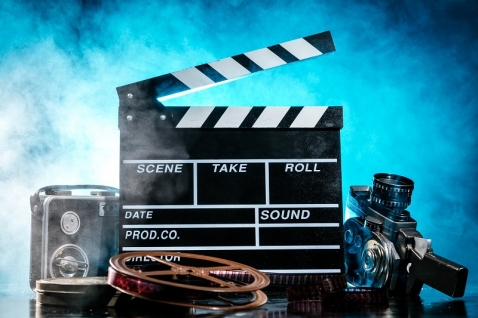The importance of digitizing our audiovisual heritage
Fecha de la noticia: 25-10-2018

The National Library of Spain has started, with the support of Red.es, their first massive digitization project focused on magnetic audio and video media. The institution plans to digitize more than 650,000 minutes of images and audio, including 4,800 cassettes, 859 cartridges and more than 5,000 VHS and BETA videos, which have reached the BNE through the Legal Deposit Law.
These documents represent a high value as a reflection of the cultural industry of their time. Thanks to these videos and cassettes, we can know music and audiovisual trends since the 70s (in the case of cassettes and cartridges) or 80s (in the case of videos) until 2000.
The fundamental objective of this project is preservation, due to the high risk of physical deterioration. In addition, many of these format have become obsolete because there are a little number of reader devices, not only in the market, but also in the safekeeping institutions.
Initially, all contents will not be accessible through the network, although their public availability will be consider, respecting the current legislation. Therefore, all international recommendations that guarantee not only digital preservation but also the possibility of reusing contents in the future will be followed when digitizing contents, just like other mass digitization projects started by the National Library of Spain.
The possibilities of reusing audiovisual contents
When we talk about open data and reusing, we usually think about text documents or numerical data sets, but audiovisual contests also have a high reuse potential. The reuse of images and audios is common in audiovisual industry, especially to add value to news or programs. Specifically, more than 40% of the daily information on the news programs include archival footage.
But, beyond historical and informative value, these contents can also be reused to create new products or services. For example, Vistory app combines videos from The Netherlands Institute for Sound and Vision with current photos. Users can see exactly where a video was recorded and, using augmented reality technology, capture exactly the same image. This creates a database that allows citizens to see how different places have changed over time.
However, not all videos and audios that are preserved can be reused, due to contractual or intellectual property rights, and their use cannot be free as long as these rights are valid according to the current legislation. As an example, the BBC has recently published its sound effects file, allowing its reuse free of charge for education and research, but not for commercial purposes.
In short, audiovisual contents with obsolete format can have a second life. For this, it is necessary to carry out a high quality digitalization according to the international recommendations of each type of material, and include digital preservation measures that guarantee the durability of the new digital format. In this way, future generations could have a greater knowledge of their past. But also, in some circumstances, we could take advantage of these materials to create new contents or products that add value to society.











